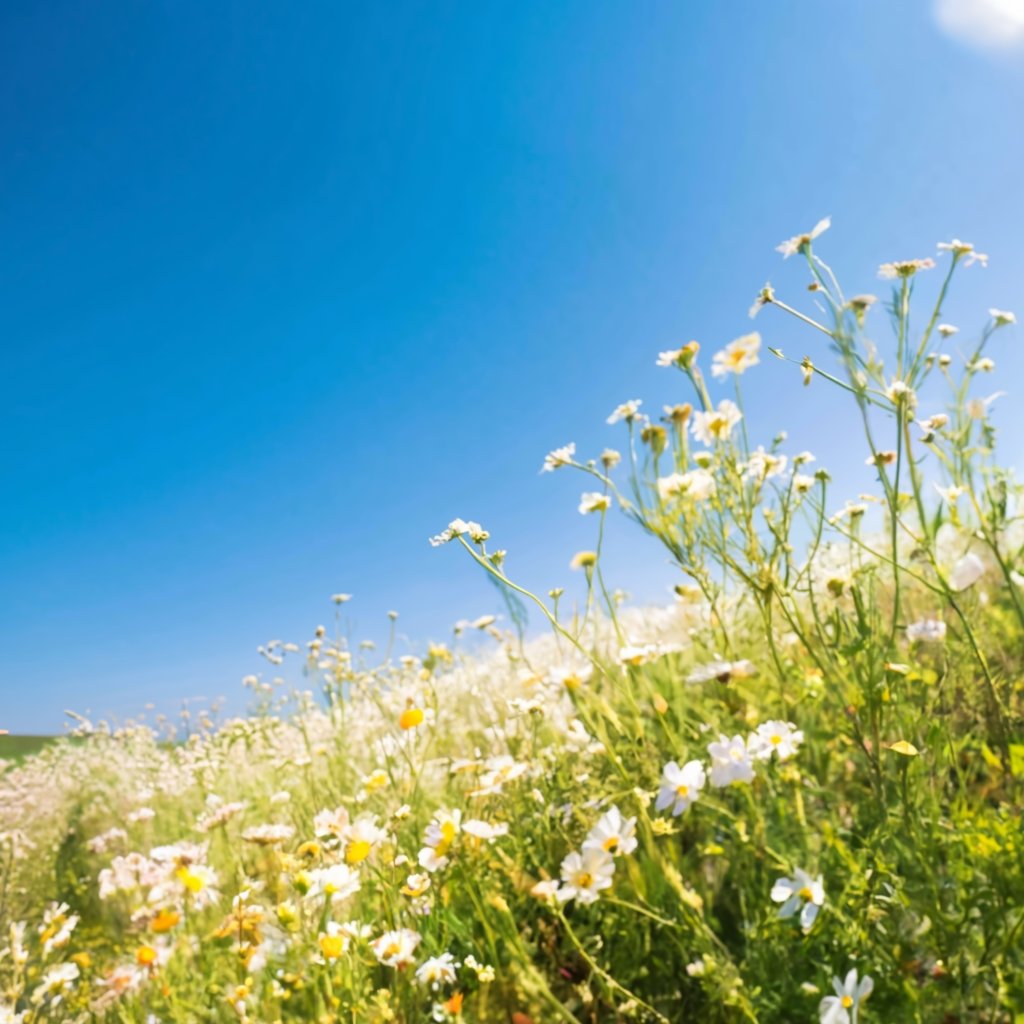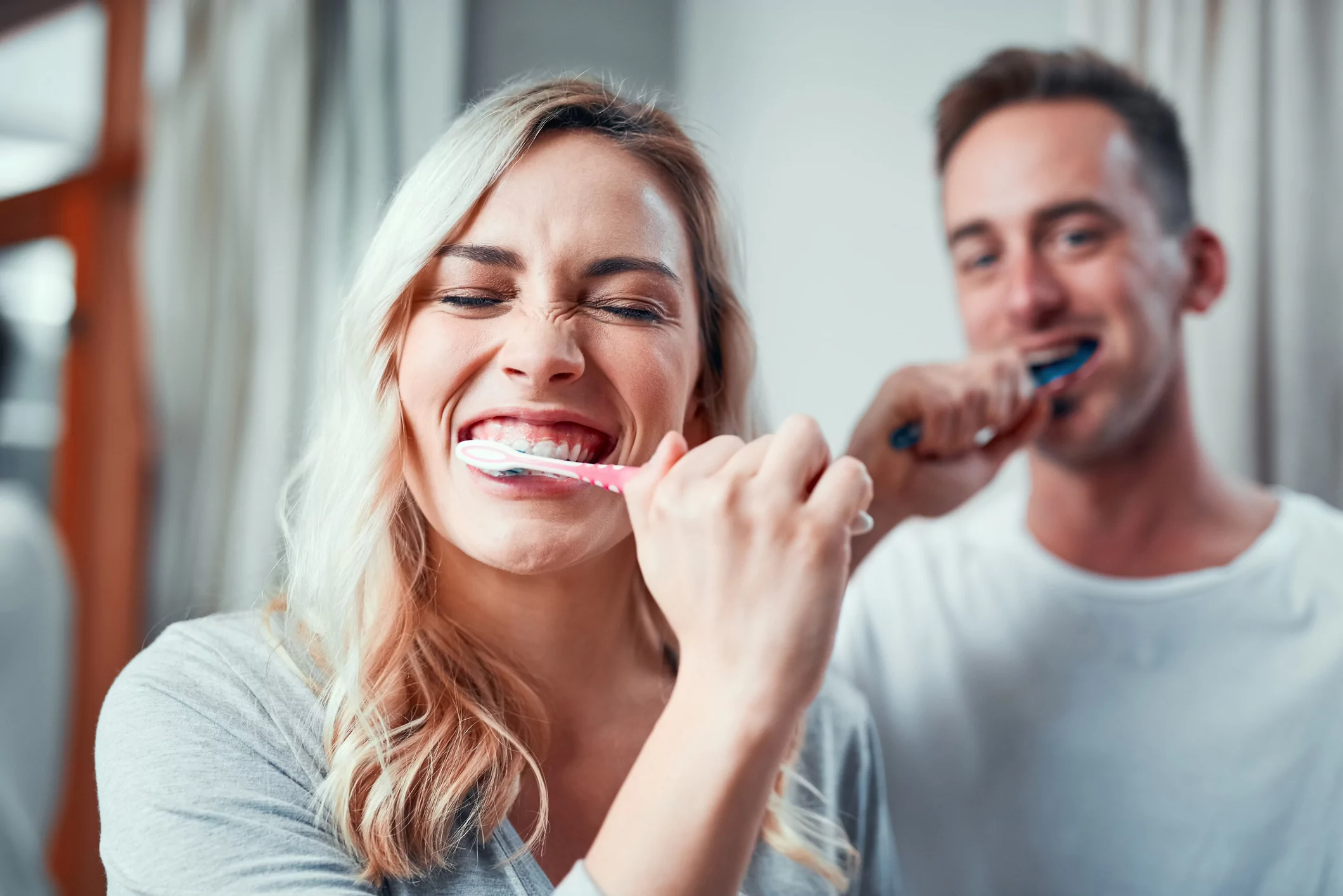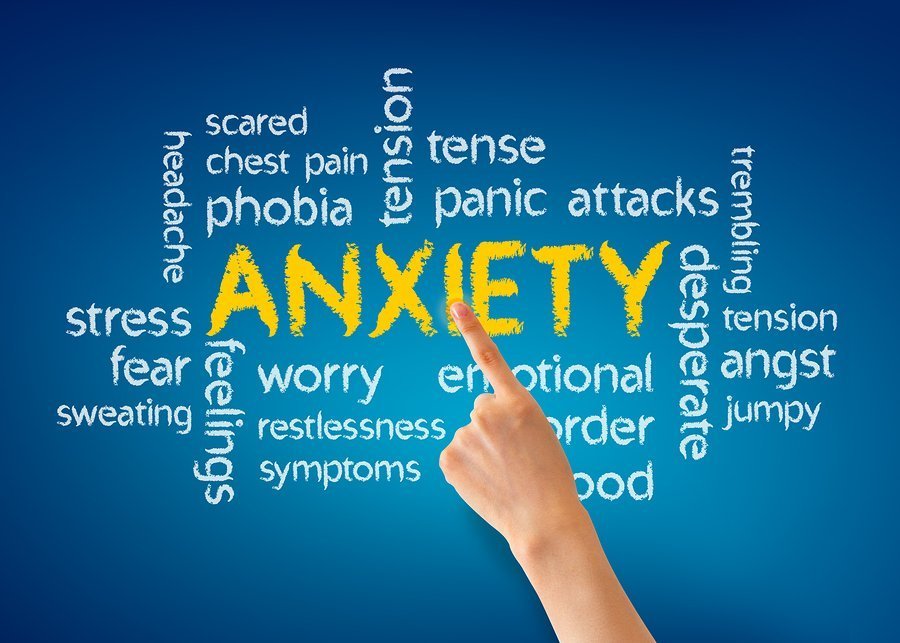Table of Contents
ToggleIntroduction
Hay fever, the unwelcome herald of spring, strikes with a vengeance, transforming the season’s beauty into a battleground for millions.
As trees burst into bloom and grasses flourish, this allergen-induced condition launches an all-out assault on our senses, turning lush landscapes into sneeze-inducing minefields.
In this exploration, we delve into the causes, impacts, and coping strategies for hay fever, offering insights and hope for those seeking relief from its persistent grip.
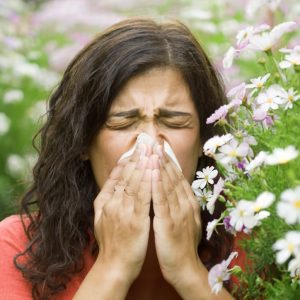
The Battle with Hay Fever: Confronting Springtime Allergies
Springtime allergies, particularly hay fever, call for a proactive, informed response. As the world erupts in colors and scents, those with allergies often battle sneezing, watery eyes, and constant discomfort.
Knowing the allergens of spring, especially tree pollen, is vital, as they can provoke an overreaction from our immune system.
We must actively monitor pollen forecasts and turn our living spaces into refuges against these airborne foes, employing air purifiers, keeping windows shut during peak pollen times, and maintaining a clean indoor environment.
Consulting healthcare professionals to develop a personalized allergy management plan, which might include antihistamines or prescription medications, is essential.
Combatting Hay Fever: Effective Treatment and Management
To effectively manage and combat hay fever, a multifaceted approach is essential.
Regular use of antihistamines can significantly reduce symptoms by blocking the body’s histamine response.
Nasal corticosteroids, administered as sprays, are highly effective in reducing inflammation and nasal congestion.
For eye discomfort, antihistamine eye drops offer immediate relief.
Incorporating a saline nasal rinse into your daily routine can help clear nasal passages of irritants.
Immunotherapy, either through allergy shots or sublingual tablets, offers a long-term solution by gradually desensitizing the immune system to allergens.
Also, staying informed about pollen counts and minimizing exposure during high pollen times by keeping windows closed and using air purifiers can be crucial in managing hay fever symptoms.

The Science Behind Seasonal Allergies
Allergens in the Air: Pollen, Dust Mites, and Mold Spores
Pollen, dust mites, and mold spores actively conspire against those suffering from hay fever, each playing a pivotal role in the seasonal drama of allergies.
Pollen, ever so light, rides the waves of spring breezes, invading our nostrils and triggering chaos within our respiratory systems.
Meanwhile, dust mites, minuscule yet mighty, claim every corner of our living spaces as their battleground, eagerly launching attacks that leave us sneezing and miserable.
Not to be outdone, mold spores lurk in damp, forgotten places, releasing into the air to join this invisible assault.
These tiny adversaries, seemingly benign, collaborate to unleash an immune response that transforms our bodies into fields of discomfort and reaction, making us yearn for a carefree frolic through meadows free from their sneaky intrusions.
Inflammation and Itching: The Unseen Battles of Hay Fever
In the unseen battles of hay fever, our immune system, typically a vigilant guardian against threats, often misfires, mistaking harmless pollen and dust mites for dangerous invaders.
This error triggers the release of histamines, potent chemicals that create chaos within our bodies.
As these histamines dilate blood vessels and heighten their permeability, they ignite a cascade of symptoms, most notably inflammation and itching.
This inflammatory response, intended to protect, ironically turns our nasal passages into inflamed battlegrounds, while relentless itching becomes a constant reminder of our body’s misplaced vigilance.
Caught in this cycle, we endure the irony of nature’s cruel joke, where the simple act of enjoying a spring day outdoors becomes a trigger for discomfort and distress.
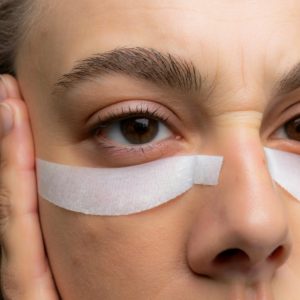
The Culprits Behind Hay Fever Symptoms
- Sneezing Attacks: Hay fever often launches sudden and frequent sneezing fits, disrupting daily activities.
- Nasal Congestion: It blocks nasal passages, making breathing a challenging task.
- Runny Nose: This symptom turns noses into faucets, constantly dripping and requiring frequent attention.
- Itchy Eyes: Hay fever causes eyes to itch incessantly, driving sufferers to distraction.
- Watery Eyes: It makes eyes tear up, often blurring vision and causing discomfort.
- Sinus Pressure: The condition creates uncomfortable pressure in the sinus areas, leading to headaches.
- Postnasal Drip: It induces a continuous trickle of mucus down the throat, causing irritation and cough.
- Itchy Throat: Hay fever irritates the throat, leading to persistent itching and discomfort.
- Fatigue: The relentless nature of hay fever symptoms often results in general tiredness and exhaustion.
- Swollen, Blue-Colored Skin Under the Eyes: Known as “allergic shiners,” this symptom gives a tired appearance due to nasal congestion.
Coping with Hay Fever Symptoms
- Sneezing Attacks: Combat sneezing with over-the-counter antihistamines, which reduce the body’s histamine response. Keep windows closed during high pollen days to minimize exposure.
- Nasal Congestion: Use saline nasal sprays to moisten nasal passages and alleviate congestion. Consider using a nasal decongestant or a steroid nasal spray for more severe cases, following medical advice.
- Runny Nose: Apply tissues with a soothing lotion to prevent skin irritation from frequent wiping. Opt for antihistamines or nasal sprays that specifically target runny noses.
- Itchy Eyes: Relieve itchy eyes with lubricating eye drops, or opt for antihistamine eye drops for more effective relief. Wear sunglasses outdoors to protect your eyes from allergens.
- Watery Eyes: Use antihistamine eye drops to reduce watering and soothe irritation. Keep your environment free of dust and pet dander to lessen eye irritation.
- Sinus Pressure: Relieve sinus pressure with warm compresses applied to the face. Stay hydrated to help thin mucus and reduce sinus pressure.
- Postnasal Drip: Gargle with warm salt water to soothe your throat and reduce the sensation of postnasal drip. Drink plenty of fluids to keep the throat moist and reduce irritation.
- Itchy Throat: Suck on throat lozenges or drink warm tea with honey to soothe an itchy throat. Use a humidifier in your home to maintain moisture in the air, which can help relieve throat irritation.
- Fatigue: Prioritize good sleep hygiene and rest to combat the fatigue caused by hay fever. Stay indoors on days when pollen counts are high to reduce exposure and lessen symptoms.
- Swollen, Blue-Colored Skin Under the Eyes (Allergic Shiners): Apply a cold compress to reduce swelling and discoloration under the eyes. Ensure adequate sleep and manage nasal congestion, as this can exacerbate the appearance of allergic shiners.
A Word from HealthyVibe
In wrapping up our journey through the tumultuous world of hay fever, let’s embrace a message of hope and empowerment.
Yes, hay fever may have once reigned over our springs with its sneezy decree, but we’re now equipped with the knowledge and tools to reclaim this season of bloom and beauty.
We’ve explored the hidden alleys of allergens, uncovered the secrets of our body’s overzealous immune response, and armed ourselves with an arsenal of remedies, from the humble saline spray to the mighty powers of immunotherapy.
With these weapons at our disposal, we transform our fight against hay fever into a triumph over adversity.
So let’s step boldly into spring, fling open the windows of relief, and breathe deeply the sweet, pollen-free air of victory. Spring is ours once again, not just a season to endure, but to celebrate in all its colorful, vibrant glory, free from the clutches of hay fever’s tyranny. Let the battle end, and let our enjoyment of spring begin anew!
FAQ
What Triggers Hay Fever?
Common allergens like pollen, dust mites, and mold spores trigger hay fever by irritating the respiratory system. These particles are often airborne and easily inhaled, causing allergic reactions.
How Can I Distinguish Hay Fever from a Common Cold?
Hay fever typically presents without fever and lasts longer than the common cold. It’s characterized by itchy eyes and sneezing, unlike a cold.
What Are the Most Effective Over-the-Counter Treatments for Hay Fever?
Antihistamines and nasal corticosteroids are highly effective for managing hay fever symptoms. They reduce inflammation and alleviate sneezing, itching, and congestion.
Can Lifestyle Changes Help Manage Hay Fever?
Minimizing exposure to allergens by staying indoors and using air purifiers can help. Regular cleaning and avoiding outdoor activities during high pollen counts also reduce symptoms.
Is Long-Term Relief from Hay Fever Possible?
Immunotherapy offers long-term relief by gradually decreasing sensitivity to allergens. It involves regular exposure to small allergen doses, either through shots or sublingual tablets.

